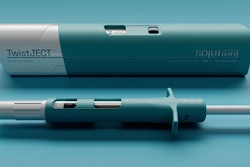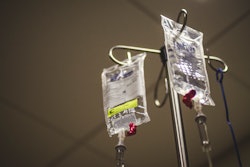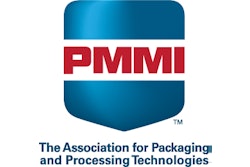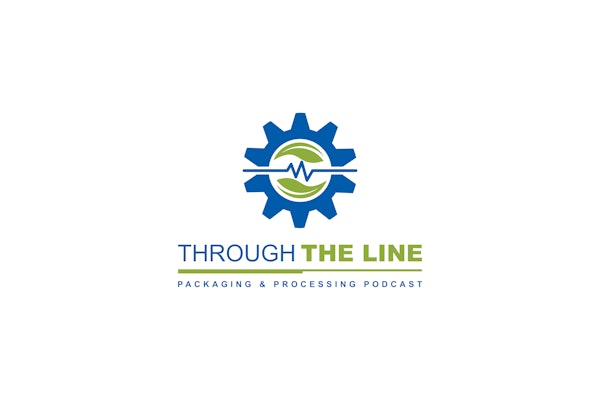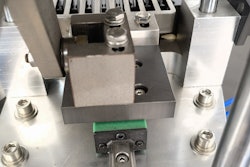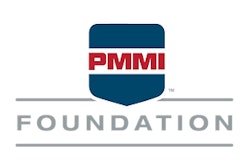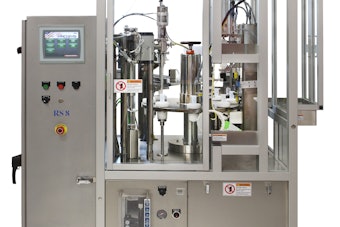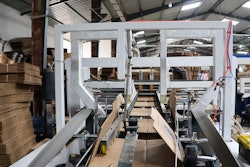
As a rule of thumb related to the degree of immersion, virtual reality (VR) replaces the real world, while augmented reality (AR) coexists with it. The former is experienced via specialized headgear and the latter is experienced via a smart device (e.g., cell phone or tablet). AR packaging is imprinted with a trigger (commonly a QR code) that, when scanned, provides consumers with a digital experience. AR packaging has a short history, yet one long enough to have yielded useful insights regarding its promise and limitations.
The QR code, in the physical sense, should be consistent with the brand’s package design strategy. Retail brands strive for shelf impact, an objective pursuable by various paths. Does the brand subscribe to a less-is-more design philosophy? Or a bold, in-your-face philosophy? Or something in between? The answer affects the placement and size of the QR code, in other words, its conspicuity. But even a prominently displayed QR code might require auxiliary design components, explaining what the QR code unleashes. That’s because consumers, despite knowing that the QR code is to be scanned, might lack the incentive to do so.
The digital experience provided by AR packaging can take a variety of forms, including videos, animations, games, profiles, tours, etc., categorizable as information, entertainment, or a combination thereof. Packaging is a potent marketing tool, differentiating the branded product and serving as a visible cue of the product’s persona. The digital experience, therefore, should be consistent with that persona. As an example, it might be inconsistent for a pharmaceutical product to provide an experience meant to be entertaining and lighthearted, given the somber association between illness/discomfort and their alleviation. Consistency between the digital experience and the product’s persona should not be determined arbitrarily. Testing is warranted, focus groups being one option.
AR imposes requirements on the packaging’s shape and materials. QR codes are comprised of dark images on a light background, and smart devices rely on sufficient contrast between those elements, to be able to read the code and trigger the experience. And it’s not only just about the quality of the printing on the label (or surface). The surface itself should not induce distortion of the QR code. Surfaces that can fold, crease, wrinkle, etc. (think flexible packaging), can pose challenges, although not necessarily insurmountable ones.
Convenience is a function of packaging and should be reflected in its AR version. Brand owners should impose upon consumers the fewest requirements feasible to obtain cooperation. An AR experience that is browser-based and accessible directly from scanning the QR code is more consumer-friendly than an AR experience wherein the QR code is linked to the downloading of an app. A small difference in time? Yes, but timesaving is a major type of convenience.



